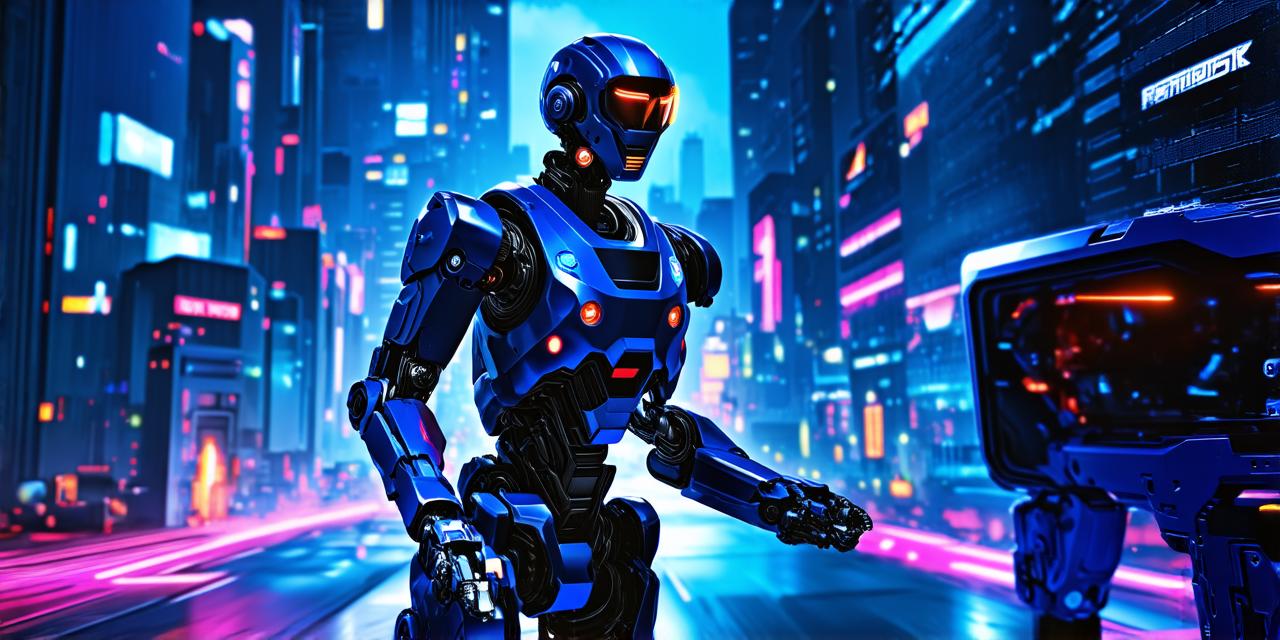Enemy AI Architecture
Before diving into specific tactics and strategies, it’s important to understand the basic architecture of your enemy’s AI. This includes the decision-making process used by the enemy, as well as the various components that make up the system.
One common approach is to use a behavior tree to control the enemy’s actions. A behavior tree is a hierarchical structure that organizes different behaviors into nodes and branches. Each node represents a different behavior, such as chasing the player, attacking, or defending itself. The AI can switch between these behaviors based on certain conditions, such as the distance from the player or the health of the enemy.
Another key component is the perception system, which allows the enemy to detect and track the player. This may include using sensors like colliders, triggers, or cameras to detect the player’s position and movement. The perception system can also include predictive models that allow the enemy to anticipate the player’s movements based on past behavior.
Tactics and Strategies
Once you have a basic understanding of your enemy’s AI architecture, you can start implementing specific tactics and strategies to make it challenging for the player. Here are a few examples:
- Chasing: One of the most common enemy behaviors is chasing the player. This involves moving towards the player at a steady pace and attempting to catch up if the player gets too far ahead. You can also add variations to this behavior, such as changing direction based on the player’s movements or using obstacles to block the player’s path.
- Attacking: Another key enemy behavior is attacking the player. This may involve using weapons or special abilities to deal damage to the player. You can also vary this behavior by having the enemy use different attacks at different times, such as a melee attack when the player is close and a ranged attack from a distance.
- Defending: Enemies often have to defend themselves against the player’s attacks. This may involve using shields or other defensive mechanisms to block damage, or actively avoiding the player’s attacks by dodging or weaving. You can also add variations to this behavior, such as having the enemy use counterattacks when the player is vulnerable.
Common Pitfalls to Avoid
When designing enemy AI in Unity3D, there are a few common pitfalls that you should avoid:
- Overreliance on patterns: Enemies that rely too heavily on patterns can be easily predicted and defeated by the player. Instead, try to incorporate randomness and variability into the enemy’s behavior to make it more challenging.
- Lack of challenge: On the other hand, enemies that are too easy to defeat can become boring and unengaging. Make sure to balance the difficulty of the enemy with the player’s skill level and progression.
- Poor performance: Enemies that perform poorly or lag can be frustrating for the player. Optimize your AI system to ensure smooth and responsive behavior, even under heavy load.
Summary
Creating effective and challenging enemy AI in Unity3D requires careful planning and implementation. By understanding the basic architecture of your enemy’s AI and implementing specific tactics and strategies, you can create a believable and engaging enemy for your player to face. Just be sure to avoid common pitfalls and continually refine your system to ensure a fun and challenging experience for the player.
